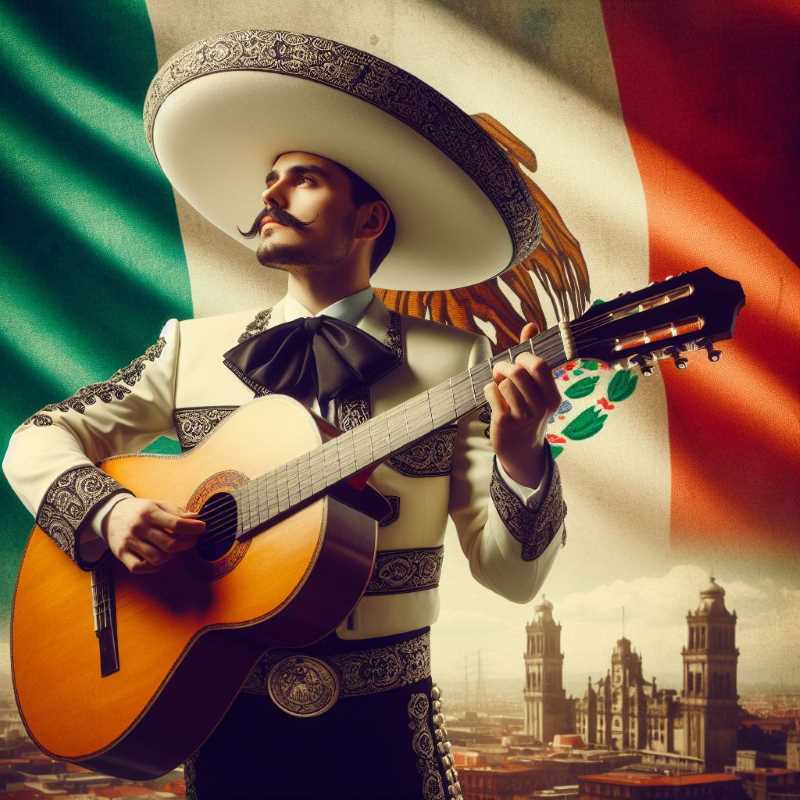How Corridos Keep Mexican History Alive and Singing
Dusty ballads called corridos sing tales of love, loss and rebellion. One young gun, Arnulfo, faces a trigger-happy sheriff in a wheat field showdown. Bullets fly, a dove whispers farewell, and life's beauty blooms amidst the dust.

Imagine a Mexico teetering on the precipice of change. The year is 1910, and the iron grip of President Porfirio Díaz is finally starting to slip. Cracks of discontent snake through the country, fueled by both political unrest (Francisco I. Madero's audacious challenge) and intellectual rebellion (the Ateneo de la Juventud questioning imported ideologies like positivism). It's a heady cocktail, and Mexico, like a tipsy señorita at a fiesta, is about to stumble into a glorious, messy reinvention.
Out with the old, in with the muy mexicano: Madero's revolution may not have united all the revolutionaries – enter the likes of Zapata and Villa, each with their own bandoleers and dreams for the country. But amidst the bullets and ballads, a powerful undercurrent emerges: a search for a uniquely Mexican identity. This wasn't just about throwing off foreign shackles; it was about digging deep into the country's soul, unearthing its vibrant colors, its raw emotions, its gritos del corazón.




